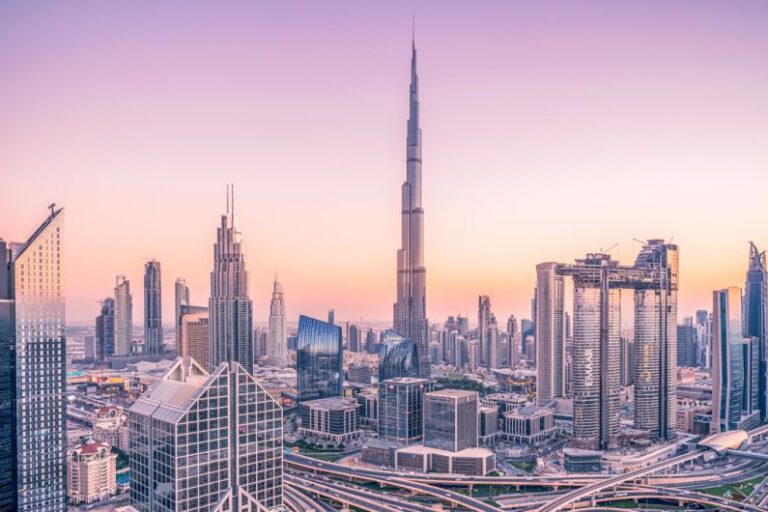Can the Smart City of Masdar Serve as a Blueprint for the Future?
In the ever-evolving landscape of urban planning and development, the concept of smart cities has emerged as a promising solution to the challenges of rapid urbanization, sustainability, and efficiency. One such pioneering example is the city of Masdar in the United Arab Emirates, which has been lauded for its innovative approach to creating a sustainable urban environment. With its cutting-edge technologies and focus on renewable energy, Masdar has sparked discussions about whether it can serve as a blueprint for the future of urban development worldwide.
The Vision of Masdar
Nestled on the outskirts of Abu Dhabi, Masdar City was envisioned as a sustainable urban development project aimed at showcasing the possibilities of green technology and renewable energy. Conceived in 2006, Masdar aimed to create a carbon-neutral and zero-waste city that would serve as a model for future urban developments. With a focus on reducing energy consumption, utilizing renewable sources, and promoting sustainable practices, Masdar set out to redefine the traditional concept of urban living.
Innovative Infrastructure and Design
One of the key aspects that sets Masdar apart is its innovative infrastructure and design. The city was meticulously planned to maximize energy efficiency and minimize environmental impact. From narrow streets that provide shade and reduce heat to buildings designed to optimize natural light and ventilation, every aspect of Masdar’s design was carefully considered to create a sustainable and comfortable living environment.
Renewable Energy Integration
At the heart of Masdar’s sustainability efforts is its integration of renewable energy sources. The city boasts one of the largest photovoltaic solar power plants in the Middle East, which provides clean energy to power its buildings and infrastructure. Additionally, Masdar incorporates wind turbines and geothermal energy systems to further reduce its reliance on fossil fuels. By harnessing the power of nature, Masdar demonstrates the feasibility of transitioning to a more sustainable energy model for urban centers.
Smart Technology and Connectivity
Another defining feature of Masdar is its emphasis on smart technology and connectivity. The city utilizes cutting-edge sensors, data analytics, and automation systems to monitor energy usage, optimize resource allocation, and enhance overall efficiency. Residents can access real-time data on their energy consumption, transportation options, and environmental impact, enabling them to make informed decisions that contribute to a more sustainable lifestyle. This interconnected network of smart technologies not only enhances the quality of life in Masdar but also sets a precedent for how technology can be leveraged to create smarter and more efficient cities.
Challenges and Lessons Learned
While Masdar has achieved significant milestones in its journey towards sustainability, it has also faced challenges and obstacles along the way. The city’s ambitious goals have required substantial investments and resources, leading to questions about the scalability and economic viability of such projects. Additionally, the need to balance environmental considerations with the demands of urban growth and development remains a complex issue that requires ongoing attention.
The Future of Urban Development
As the global population continues to urbanize at a rapid pace, the need for sustainable and efficient urban development becomes increasingly urgent. Masdar City serves as a beacon of innovation and possibility, demonstrating what can be achieved when a bold vision is combined with cutting-edge technology and a commitment to sustainability. While not without its challenges, Masdar provides valuable lessons and insights that can inform and inspire future urban development projects around the world.
In conclusion, the smart city of Masdar stands as a testament to the potential of sustainable urban planning and design. By incorporating renewable energy, smart technology, and innovative infrastructure, Masdar has set a high standard for the cities of the future. While not without its challenges, Masdar’s holistic approach to sustainability offers valuable lessons and inspiration for creating more efficient, livable, and environmentally friendly urban environments. Whether Masdar can serve as a blueprint for the future remains to be seen, but its impact on the discourse around urban development is undeniable.






